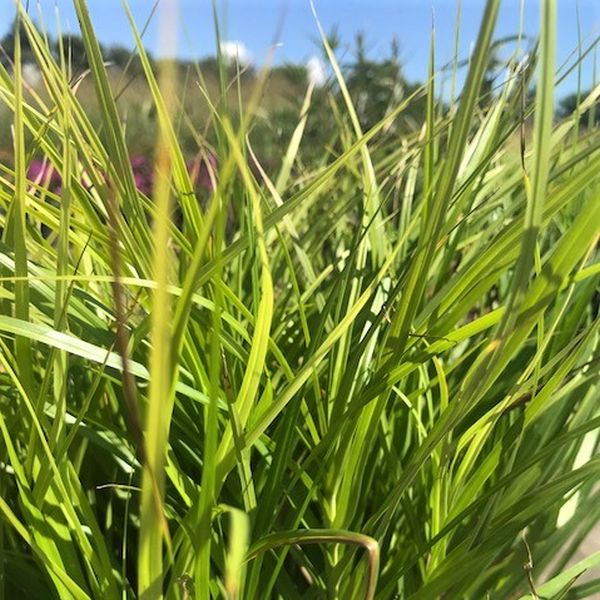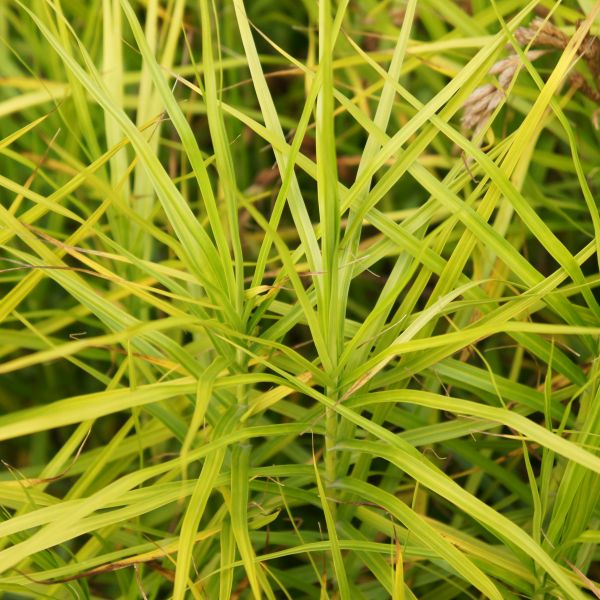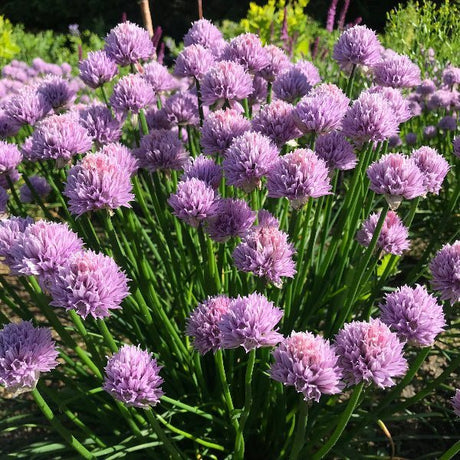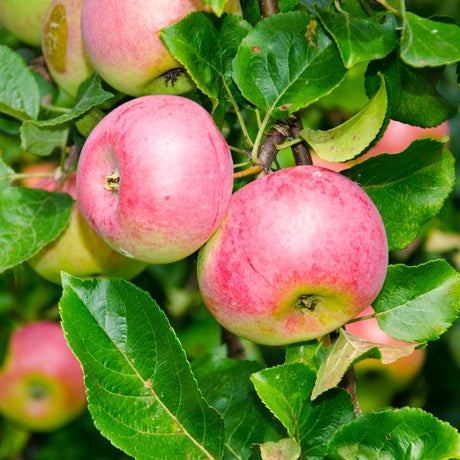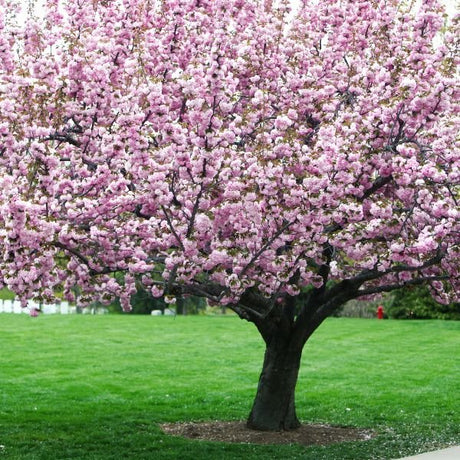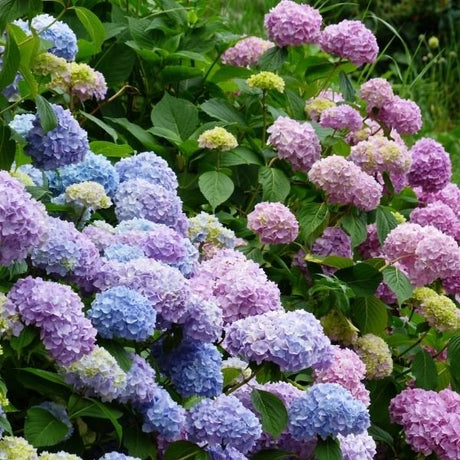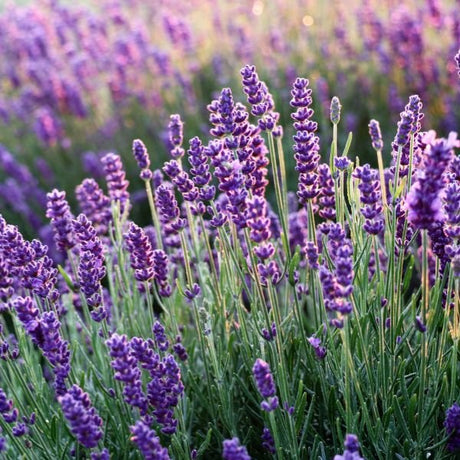Palm Sedge Grass
Carex muskingumensis
- Stay Protected with Plant Sentry ™
Palm Sedge Grass is backordered and will ship as soon as it is back in stock.
Plant Sentry™
Plant Sentry™

Plant Sentry™ Protected
Your order is protected by our compliance system that:
- Prevents restricted plants from shipping to your state
- Ensures plants meet your state's agricultural requirements
- Protects gardens from invasive pests and diseases
Delivery and Shipping
Delivery and Shipping
Delivery and Shipping
Fast, Safe Plant Delivery
Ships in 3-4 business days • Tracking provided • Weather protected
| Under $50 | $9.99 |
| $50 - $99.99 | $14.99 |
| $100 - $149.99 | $16.99 |
| $150+ | $24.99 |
✓ Zone-specific timing • ✓ Professional packaging • ✓ Health guarantee
Understanding Plant Options
Nature Hills offers plants in two main formats:
- Container Plants: Grown in pots with soil, sized by container volume and plant age
- Bare Root Plants: Dormant plants without soil, sized by height measurements
Container Plant Sizes
Container sizes indicate plant age and growing capacity rather than liquid volume equivalents. Our containers follow industry-standard nursery "trade gallon" specifications, which differ from standard liquid gallon measurements.
Young Plants (6 months to 18 months old)
| Container Size | Actual Volume | Metric Equivalent |
|---|---|---|
| 2" x 2" x 3" | 0.18 - 0.21 dry quarts | 0.20 - 0.23 dry liters |
| 4" Container | 0.31 - 0.87 dry quarts | 0.35 - 0.96 dry liters |
| 4.5" Container | 0.65 dry quarts | 0.72 dry liters |
| 6" Container | 1.4 dry quarts | 1.59 dry liters |
| 1 Quart | 1 dry quart | 1.1 dry liters |
| 5.5" Container | 1.89 dry quarts | 2.08 dry liters |
Established Plants (18 months to 2.5 years old)
| Container Size | Actual Volume | Metric Equivalent |
|---|---|---|
| 2 Quart | 2 dry quarts | 2.2 dry liters |
| #1 Container | 2.26 - 3.73 dry quarts | 2.49 - 4.11 dry liters |
| 5" x 5" x 12" | 3.5 - 4.3 dry quarts | 3.85 - 4.74 dry liters |
Mature Plants (2-4 years old)
| Container Size | Actual Volume | Metric Equivalent |
|---|---|---|
| #2 Container | 1.19 - 1.76 dry gallons | 5.24 - 7.75 dry liters |
| #3 Container | 2.15 - 2.76 dry gallons | 8.14 - 12.16 dry liters |
Large Plants (3-5 years old)
| Container Size | Actual Volume | Metric Equivalent |
|---|---|---|
| #5 Container | 2.92 - 4.62 dry gallons | 12.86 - 20.35 dry liters |
| #6 Container | 5.25 - 6.01 dry gallons | 23.12 - 26.42 dry liters |
| #7 Container | 5.98 - 6.53 dry gallons | 26.34 - 28.76 dry liters |
Bare Root Plants
Bare root plants are sold by height from the root system to the top of the plant. Plants may exceed minimum height requirements.
Common Sizes:
- Trees: 1 foot, 2 feet, 3 feet, 4 feet, 5 feet, 6 feet
- Shrubs & Perennials: 1 foot, 18 inches, 2 feet
Important Notes
Container Volume Specifications
- Trade Gallon Standard: Our containers follow industry-standard "trade gallon" specifications established by the American National Standards Institute (ANSI Z60.1) for nursery stock
- Volume Variations: Actual soil volume may vary due to plant root systems and growing medium settlement
- Age Indicators: Container size primarily indicates plant age and maturity rather than liquid volume equivalents
Growing Conditions
- Plant size can vary based on variety and growing conditions
- Container size helps indicate plant maturity and establishment level
- Larger containers generally mean more established root systems and faster landscape establishment
Seasonal Availability
- Bare root plants are available seasonally when dormant
- Container plants are available throughout the growing season
- Specific varieties may have limited availability in certain sizes
Questions?
For questions about specific plant sizes or availability, please contact our plant experts who can help you choose the right size for your landscape needs.
Plant Highlights
Palm Sedge Grass highlights at a glance!
-
Botanical Name
-
Brand
-
Growing Zones4, 5, 6, 7, 8, 9
-
Growth RateModerate
-
Mature Height
-
Mature Width
-
Pollinator Required
-
Bloom PeriodEarly Summer, Late Summer, Early Fall, Late Fall
Characteristics
Where To Plant
When To Prune
- Early Spring
Water & Moisture Needs
- High
Sunlight Needs
Soil Needs
- Well-Drained
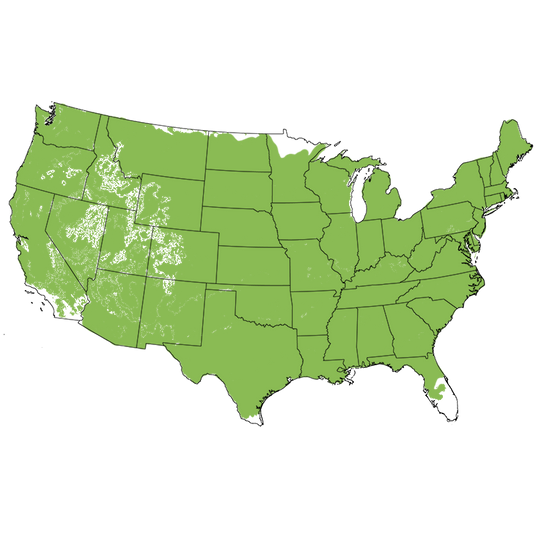
Growing Zones
Graceful foliage for the water's edge! The lovely native Palm Sedge Grass (Carex muskingumensis) is a lovely and graceful plant that has brilliant green foliage and striking oat-brown florets! The unique glossy blades are softly arching and neatly folded down the center for unique texture.
True to its name, the leaves grow in a pinwheel pattern which makes it look very 'palm-like'. Striking yellow fall color extends the seasons of interest with this native wetland accent plant. Waterfowl and songbirds forage the seeds and nest in the whorls of foliage.
These water-loving herbaceous perennials are native to the central and upper Midwest and are named after the Muskingum River in Southeast Ohio. Hardy throughout USDA growing zones 4 to 9, and grows to a 2-3 foot tall and wide arching mound.
Planting and Application:
Sedges are found in shaded wet sites, floodplain forests and lowland woods - so you know they will thrive in that low spot in your garden, beside your decorative pond or in that fountain 'splash zone' that is too wet and shady for anything to grow. Plant in Rain Gardens and by where the gutters drain to enjoy the bright green foliage.
Palm Sedges are lovely specimens and accents in mixed borders or planters with other plants that love moisture like Juncus or Acorus, and work beautifully throughout the landscape. Try Palm Sedge in big drifts along a ditch or next to a low-lying fence. When planted in mass, Sedge can be beneficial for erosion control. Buy 3, 5 or 7 plants and place 1 foot on center for fast spreading groundcover.
Palm Sedge will instantly ground a swimming pool to its surroundings, too! Sedge is becoming quite popular in landscapes as a lawn replacement or groundcover option.
- Hardy & Easy Care Native Grass
- Bright Green Foliage & Oat-Brown Seed Heads
- Shade Tolerant Ornamental Native Grass
- Important For Wildlife & Native Ecosystems
- Rain Gardens, Ponds & Water Features - Great in Bioswales!
#ProPlantTips for Care:
Sedges prefer dappled partial shade but will grow well in full sun as long as it gets steady water, or afternoon shade. Plant grasses and Sedges in well-drained sites regardless if you are planting in a wet to moist site or average garden conditions. Prune back the plants or clean their mounds in the early spring if needed. All plants prefer a 3-4 inch thick layer of mulch around their roots, especially in drier conditions.
- Partial Sun to Full Sun Locations
- Well-Drained Soil Locations
- Loves Moist Soil & Water Gardens
- Prune In Early Spring
- Deer Seldom Bother Sedges
Bring this hardy native to your garden today! Order the native Palm Sedge Grass for your water garden from Nature Hills and support wildlife and your local ecosystem beautifully!

